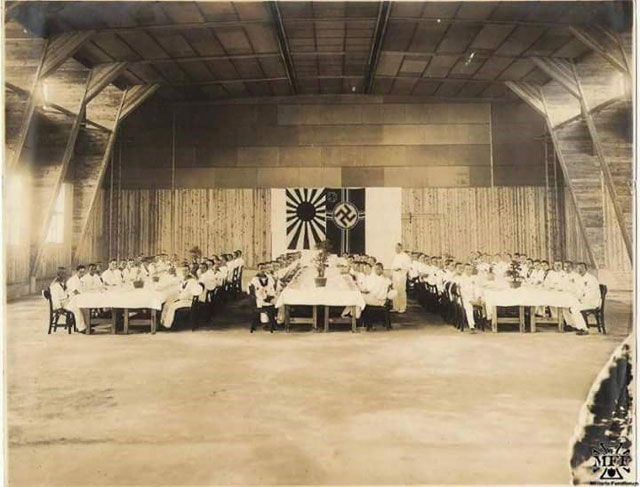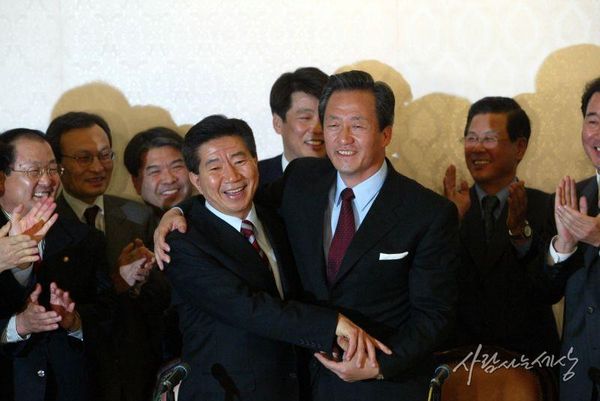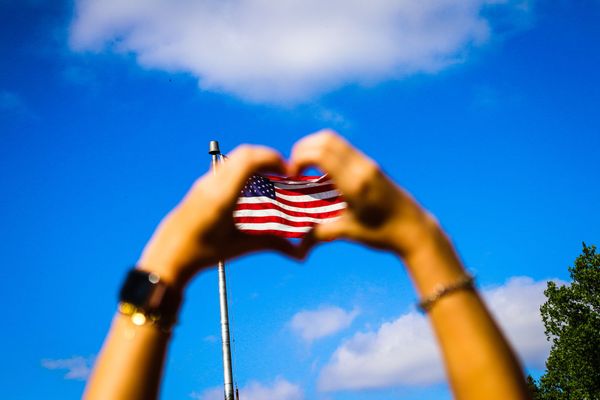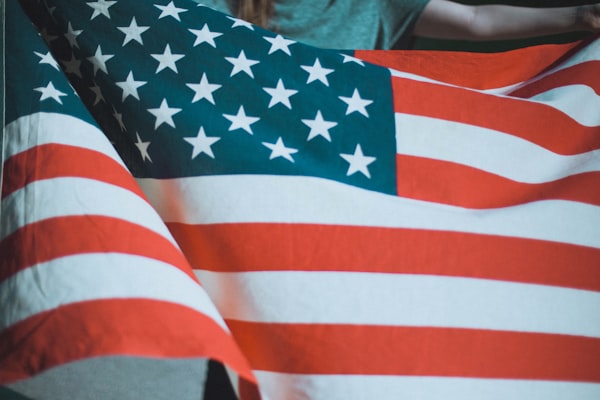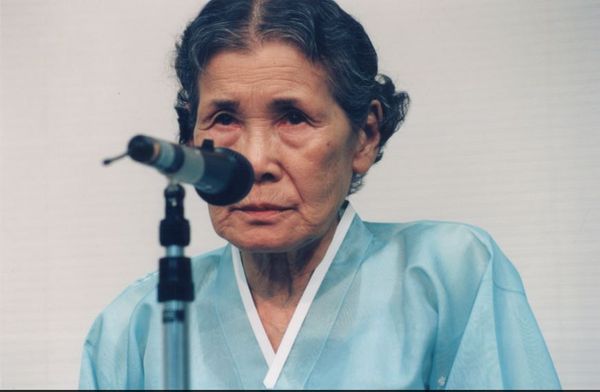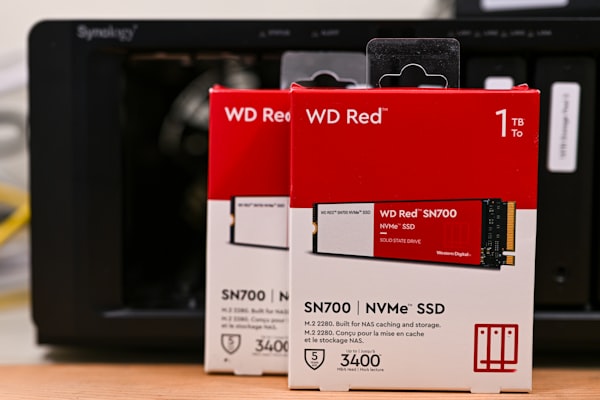Photo: Meeting of navies of Imperial Japan and Nazi Germany in Penang, Malaysia, c. 1943. Credit: Public domain.
A Japanese naval ship docked at Busan 부산 flying the Rising Sun flag, the symbol of Imperial Japan. Despite the country’s loss in World War II, Japan’s Maritime Self-Defense Force has persisted in using the Rising Sun flag as its symbol. Because of the associations, which are akin to those of Nazi Germany’s swastika flag, the Japanese navy’s continued use of the Rising Sun flag has been controversial in South Korea.
On May 29, the JS Hamagiri destroyer docked in Busan to take part in the joint naval drill Eastern Endeavor 23, in which naval and air units from South Korea, Japan, United States, Australia, Canada and Singapore will participate. In doing so, Hamagiri became the first Japanese naval ship to dock at a South Korean port flying the imperialist flag since 2008.
In the face of public outrage, the Ministry of National Defense 국방부 argued that the flag of the Maritime SDF is not the Rising Sun flag, because the location of the red circle is slightly different from that of the imperialist flag. Japan’s Ministry of Foreign Affairs, however, has described the Maritime SDF flag as a type of Rising Sun flag.
There shouldn’t be much controversy in observing that Japan’s Rising Sun Flag is comparable to Nazi Germany’s swastika flag or the US Confederacy’s “Stars and Bars” - a symbol of mass murder committed in the name of a repulsive ideology. Japan first began using the flag as the standard for its army in 1870. Japan’s navy soon followed suit, and the Rising Sun Flag eventually became the standard for the entire Imperial Japanese Army, which killed over 30m in the Pacific Theater of World War II as an ally of Nazi Germany.
Germany banished the swastika from its standards after the country’s defeat in World War II, but Japan has persisted in using the Rising Sun Flag for both its Ground Self-Defense Force and Maritime Self-Defense Force, reflecting the two Axis nations’ divergent responses to the atrocities committed by their militaries. In 1945, occupying US forces banned the use of the Rising Sun Flag. But when Japan re-launched its military under the sanitized name of the Self-Defense Force, its army and navy simply reverted to their old banners.
Despite the existence of the official Japanese flag, the Rising Sun Flag has long been the favorite of Japanese right-wingers, who wave it at protests and sporting events. Those who favor the imperialist symbol have attempted to distinguish it from the swastika by arguing that the sun with red rays has been a traditional symbol in Japan for centuries, apparently unaware that the swastika has been used as an auspicious symbol for over 10,000 years.
The offensive connotations of the flag have been a source of controversy. In 2018, the Moon Jae-in 문재인 administration asked the attendees of the Republic of Korea International Fleet Review 대한민국 국제관함식 to have their ships fly only their national flag and not the flag of their navy. Among the 48 invitees, Japan was the only country that objected to the request and refused to attend, interpreting the request as directed at the Rising Sun Flag of the Maritime Self-Defense Force.


